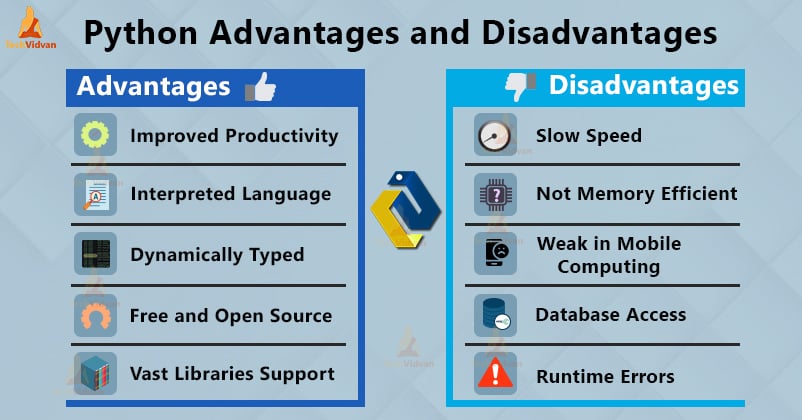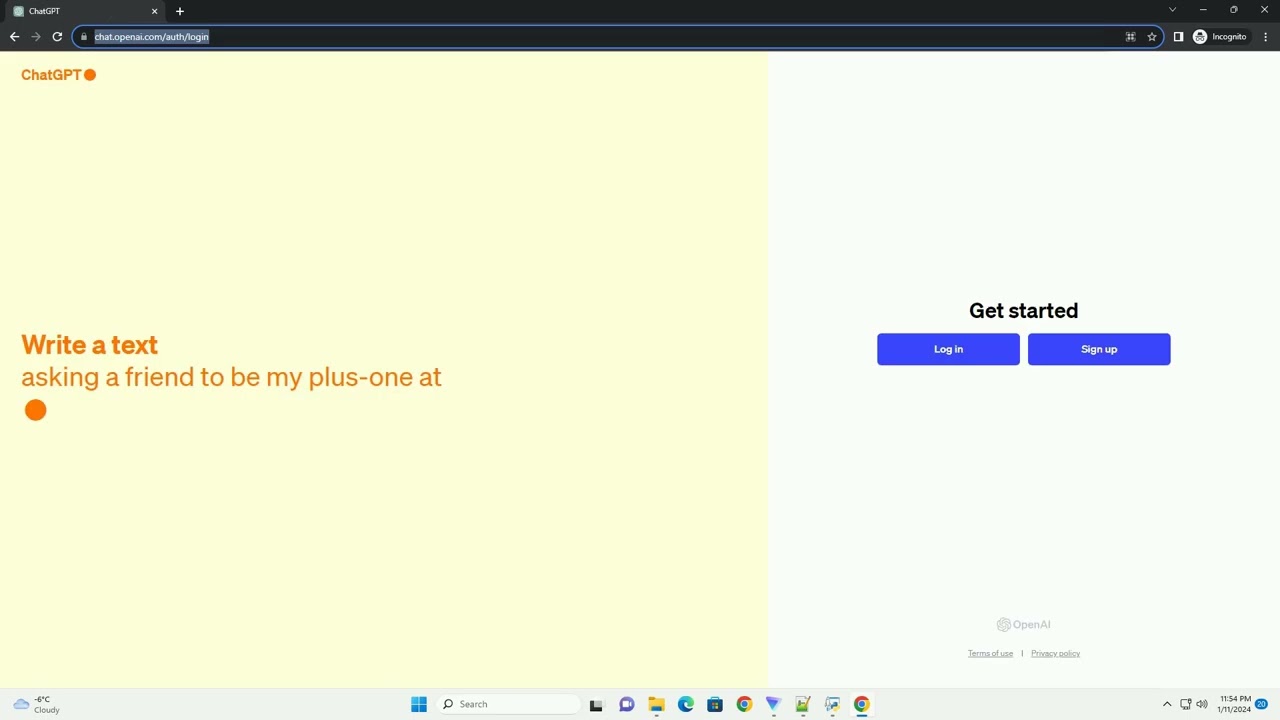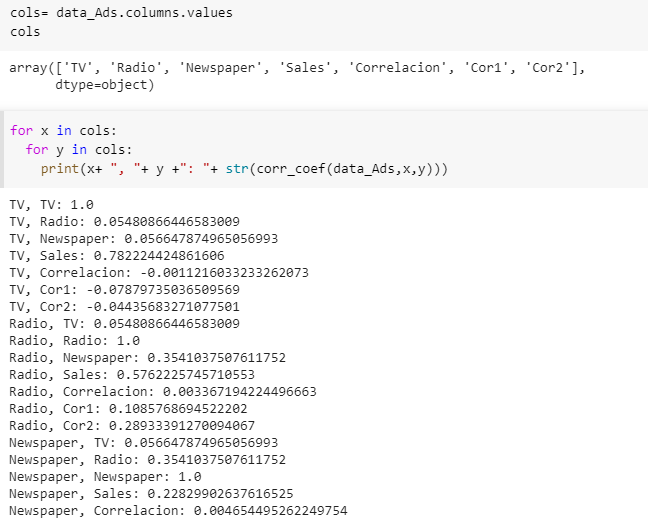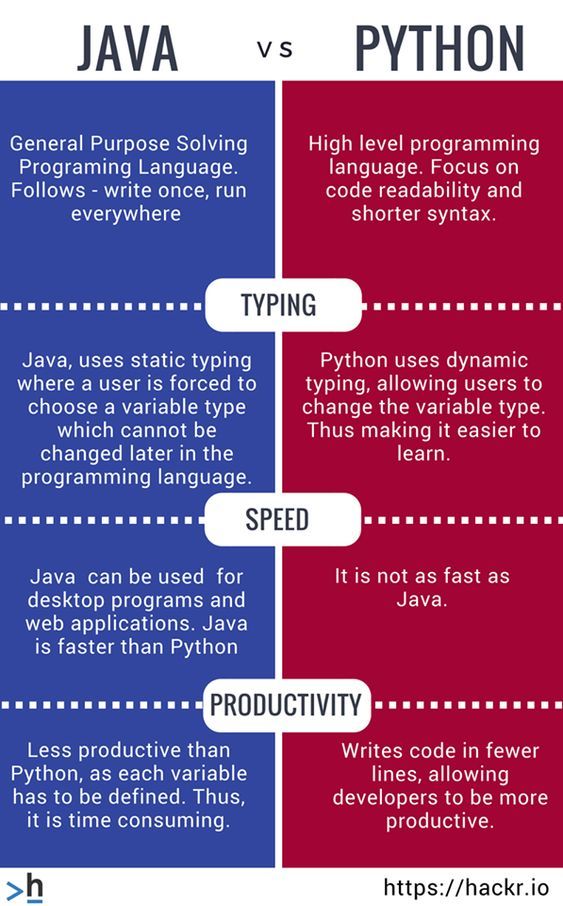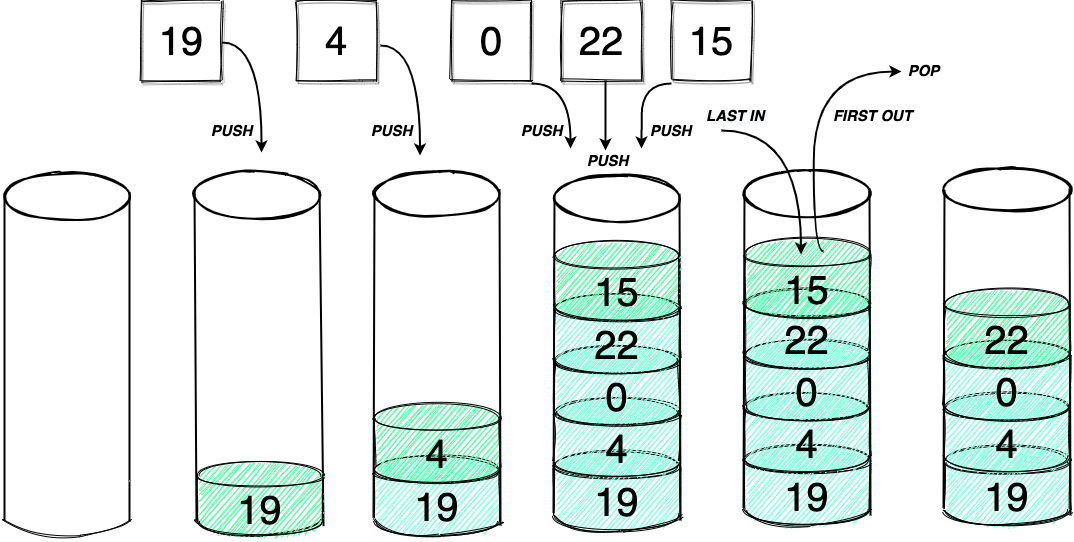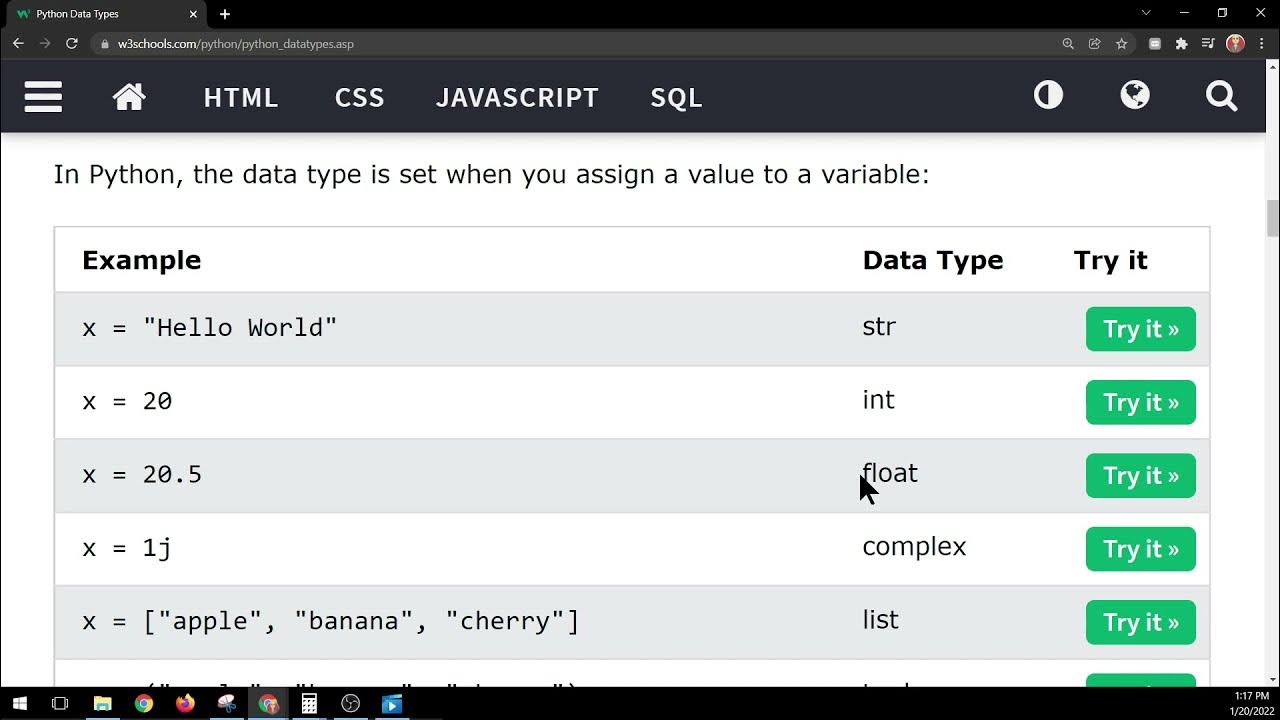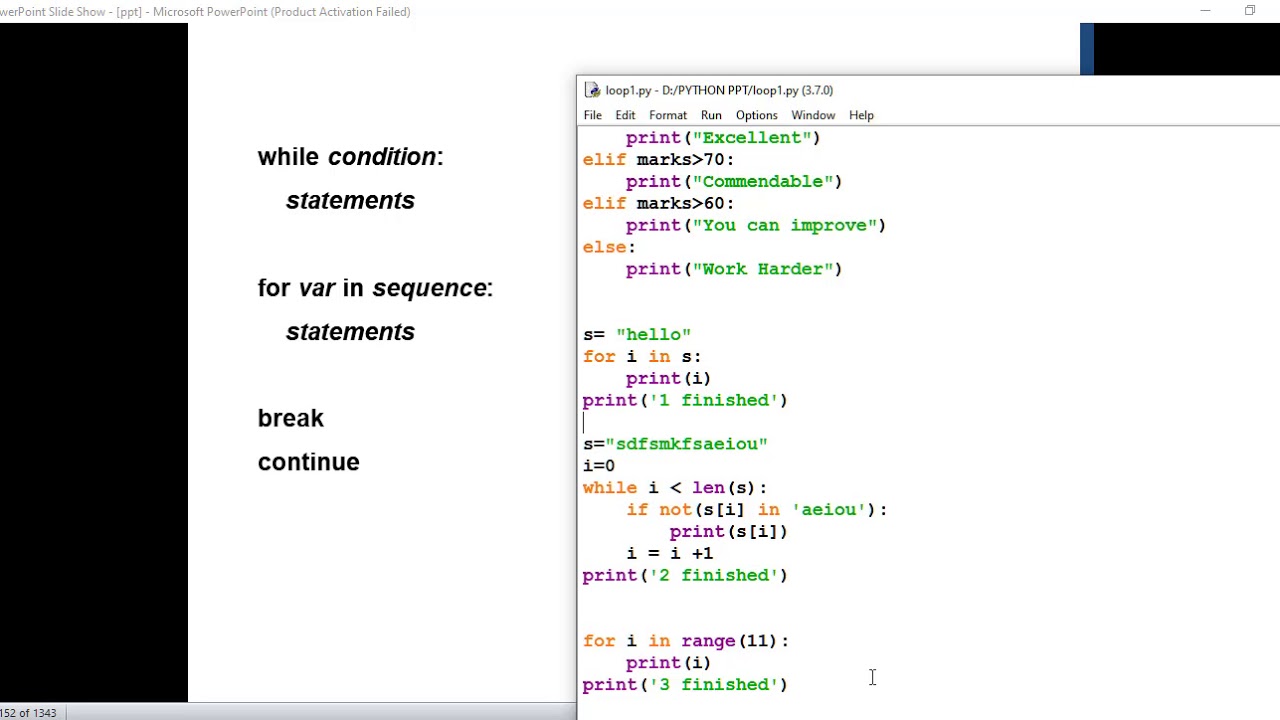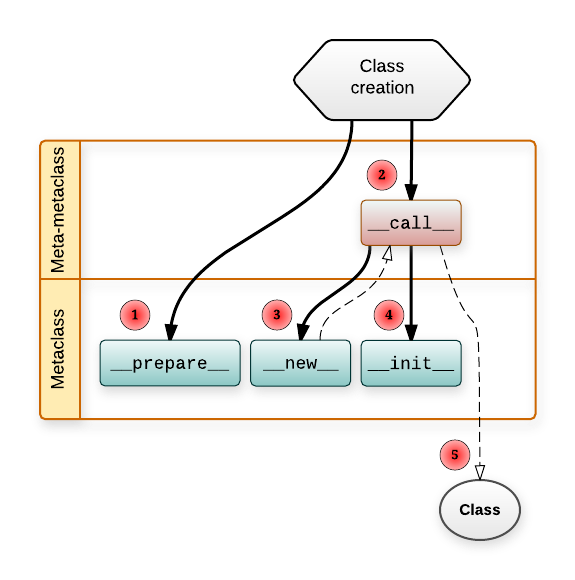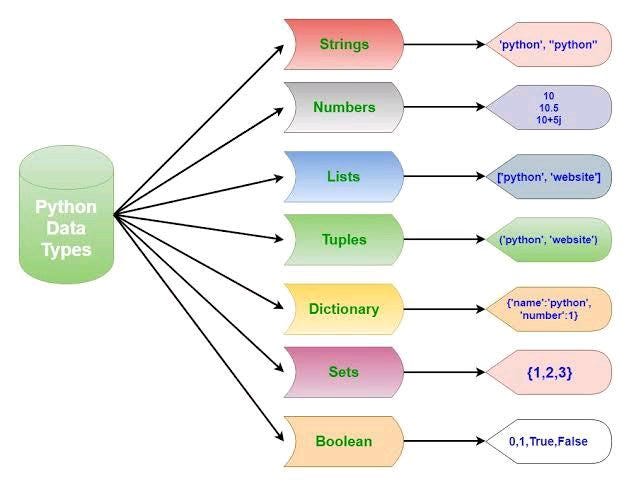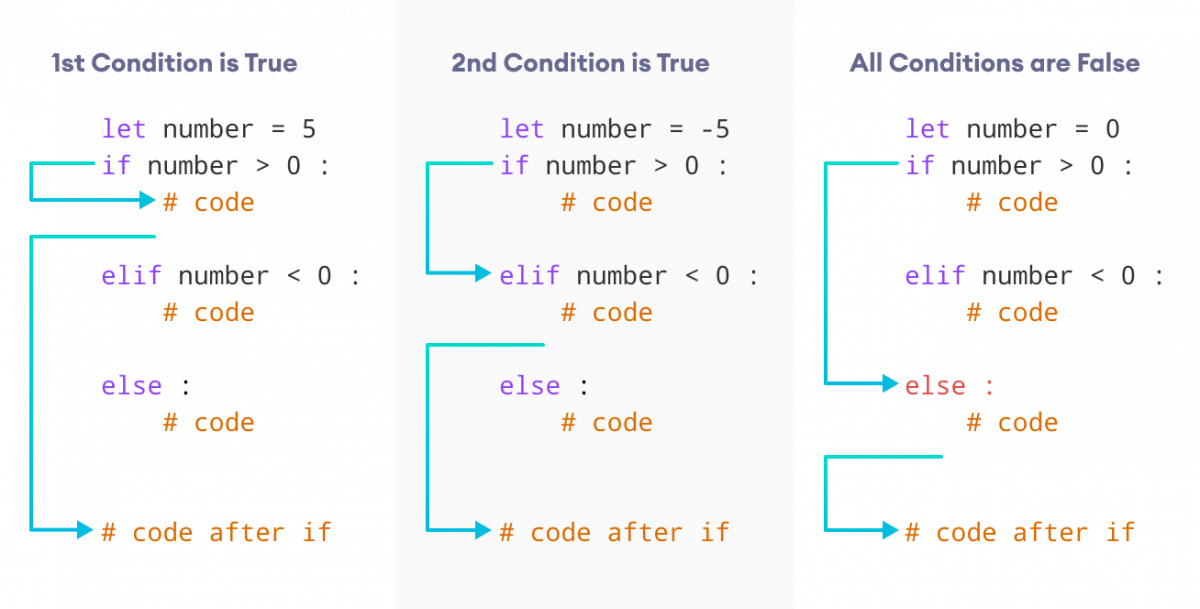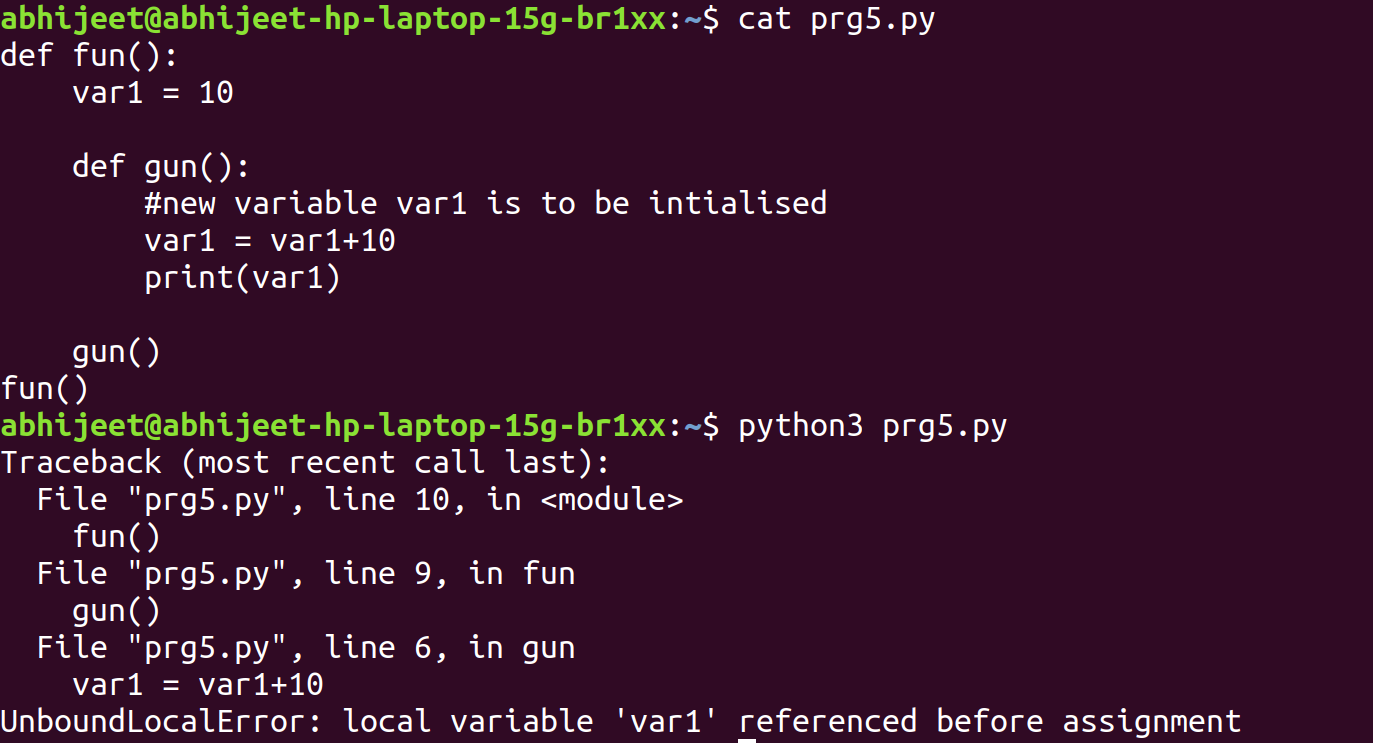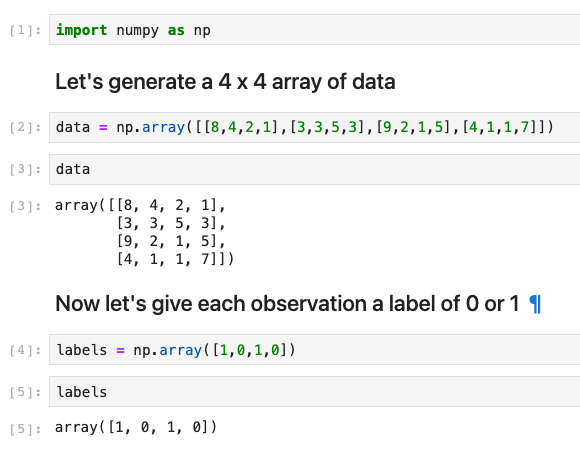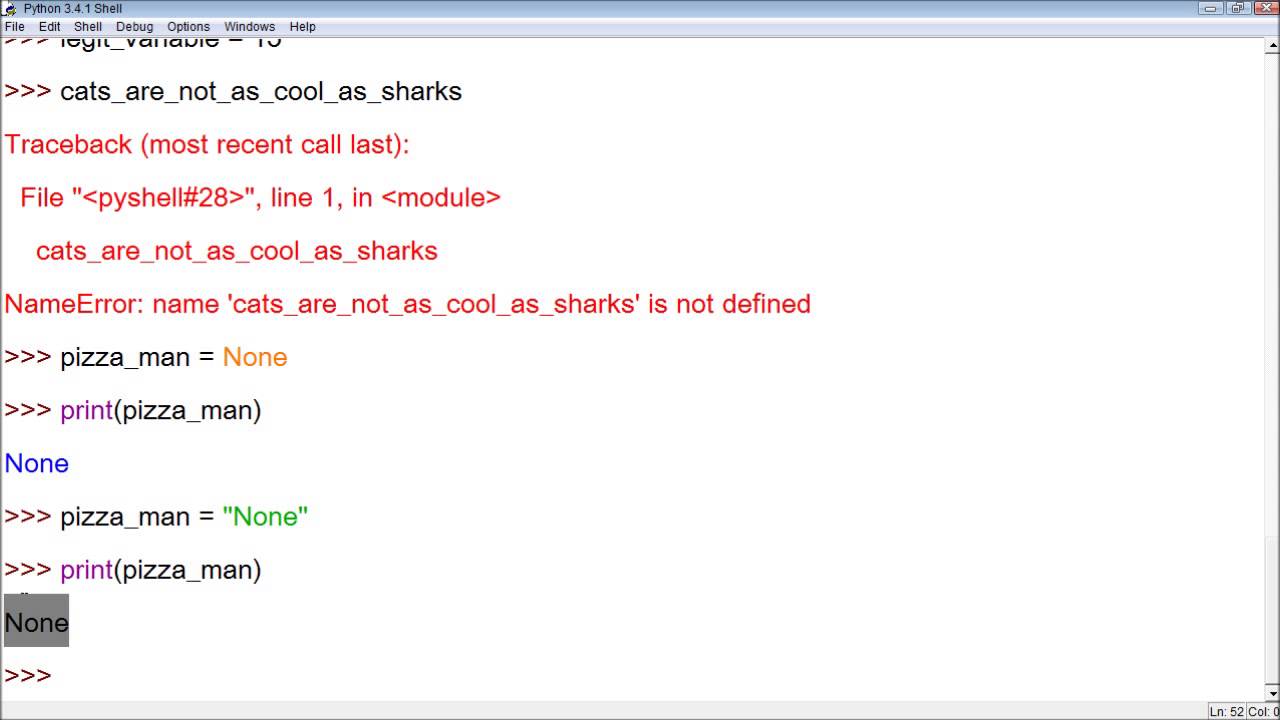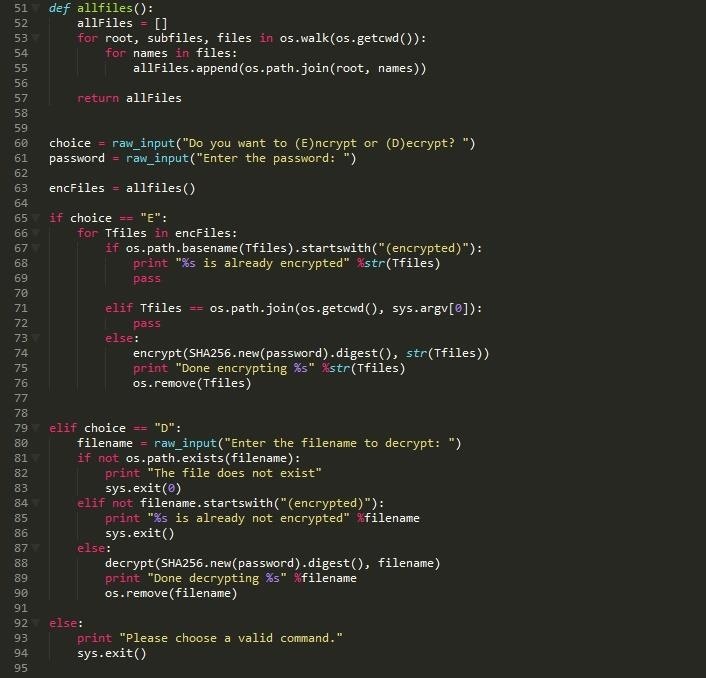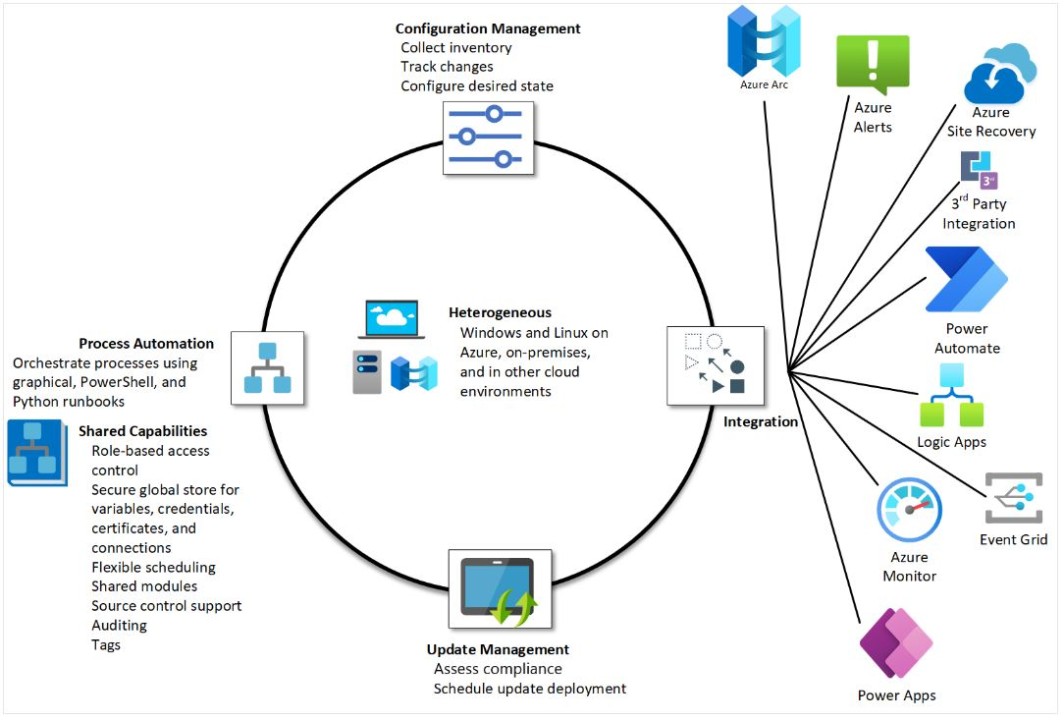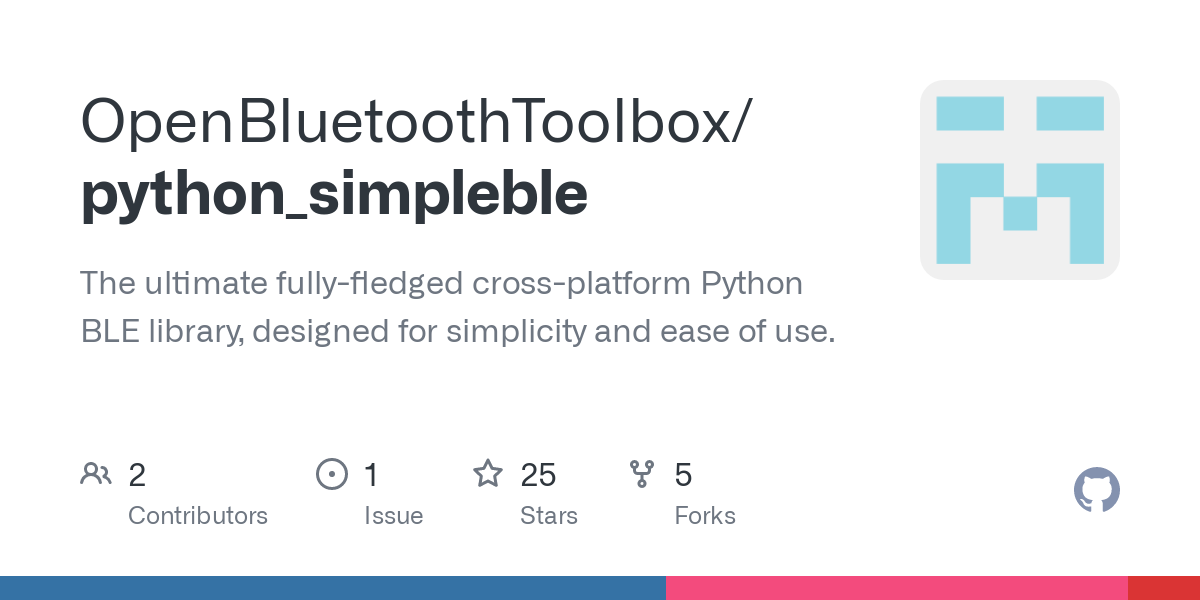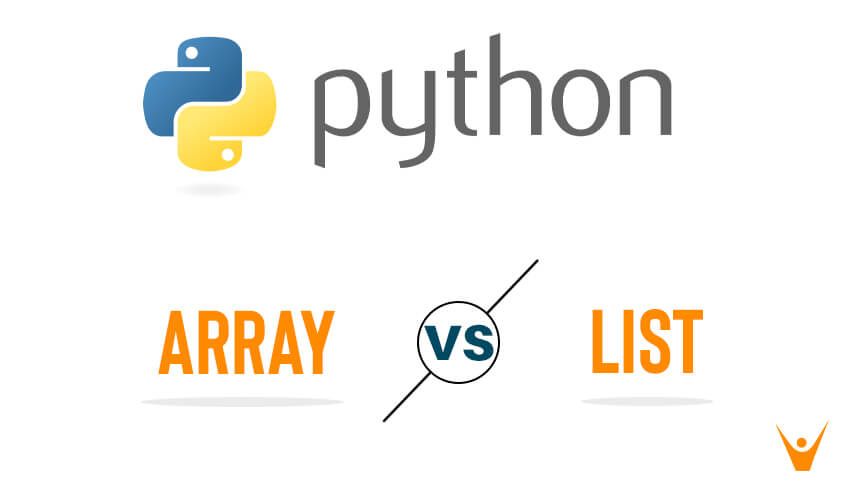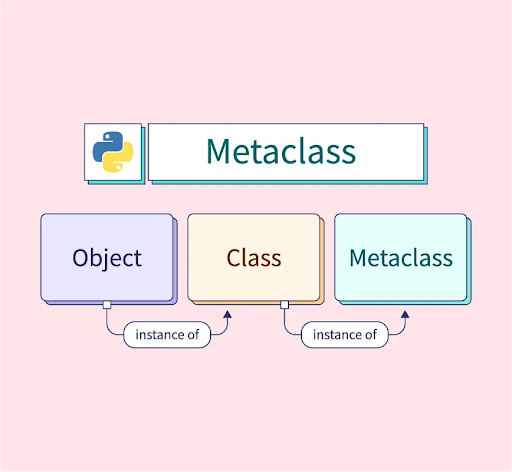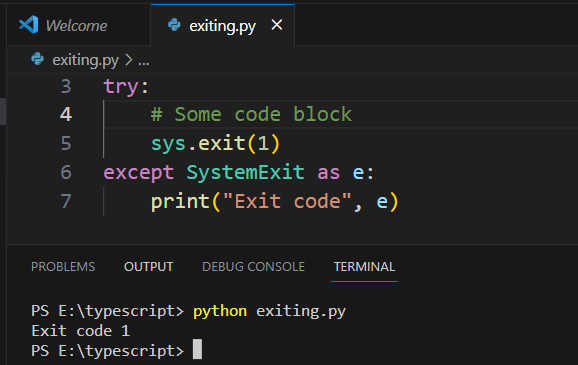What is concurrent processing in Python?
What is concurrent processing in Python?
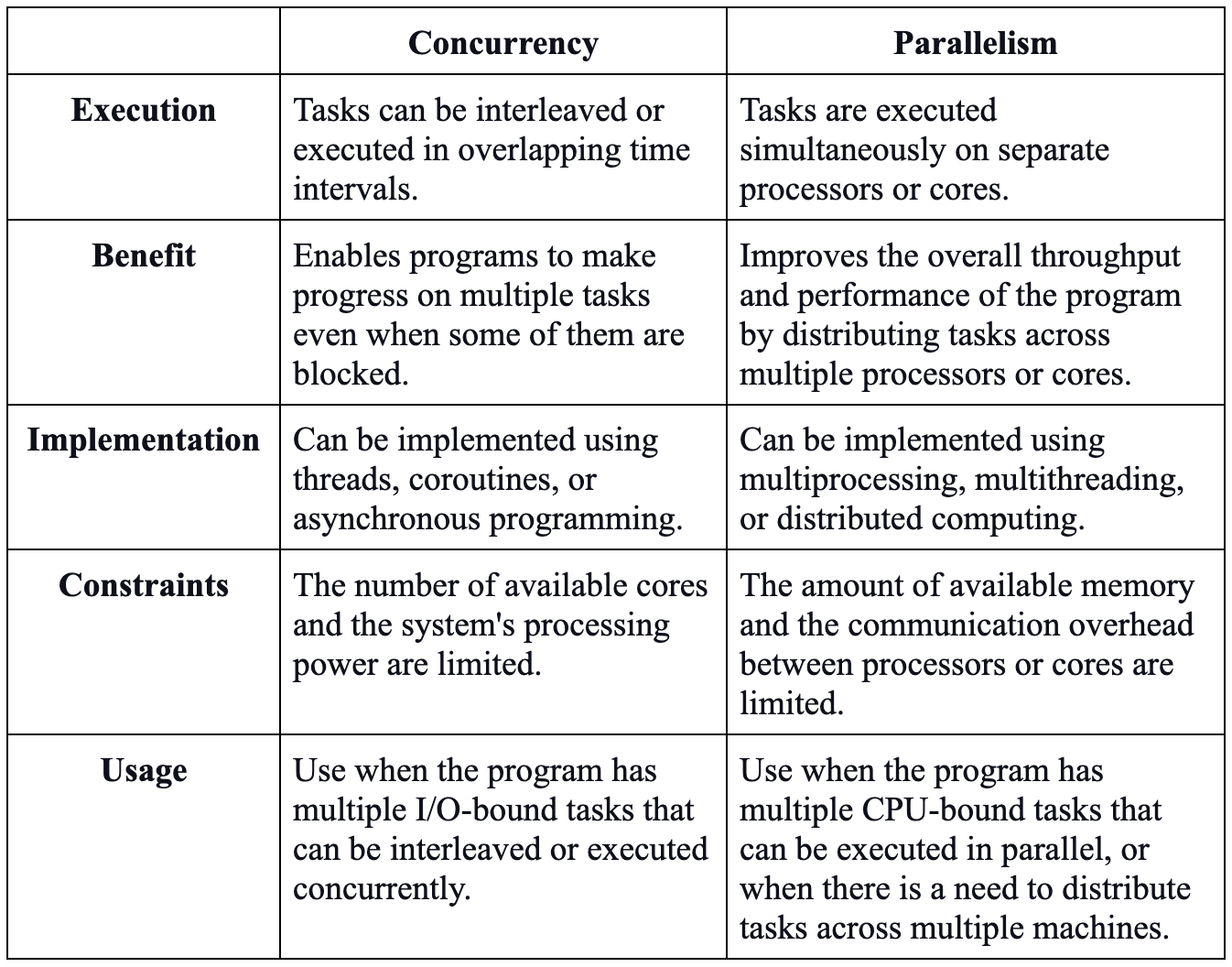
Concurrent processing in Python refers to the ability of a program to execute multiple tasks simultaneously, improving its overall performance and responsiveness. This is achieved by using various techniques, such as multitasking, multithreading, and multiprocessing.
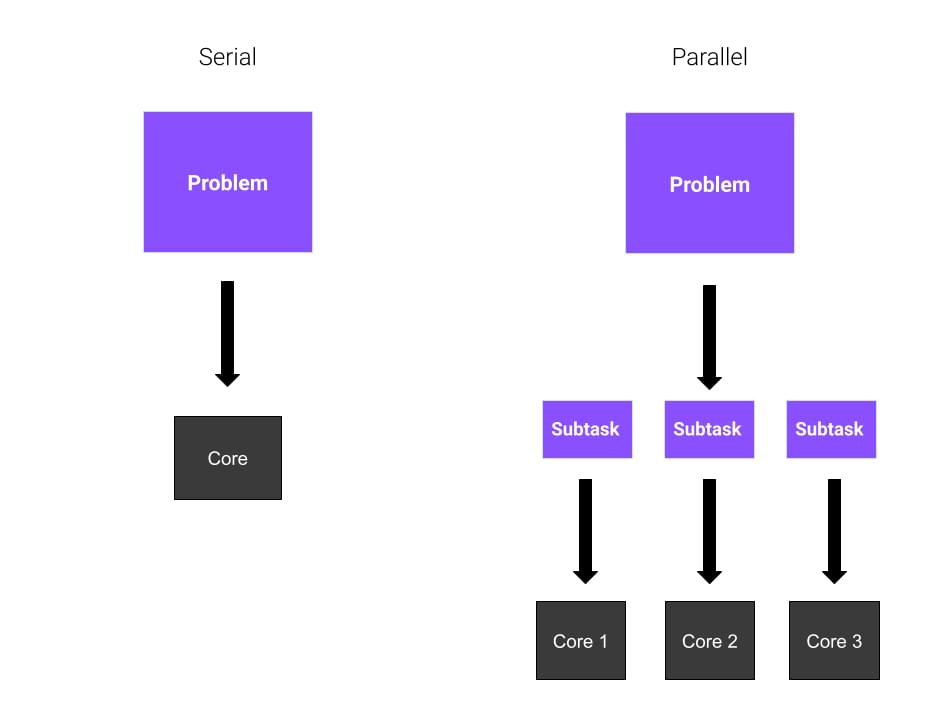
Multitasking allows multiple tasks to share the same CPU resources, creating the illusion that they are running concurrently. In Python, this can be accomplished using the threading or multiprocessing modules. The key difference between these two approaches is that threads run in the same process space as the main program, while processes run in separate address spaces.
Multithreading is useful when you have a large number of I/O-bound tasks that need to share the same CPU resources. For example, if your program needs to perform multiple network requests concurrently, using multithreading can help improve performance by allowing each thread to process its own request independently.
On the other hand, multiprocessing is more suitable for CPU-bound tasks where each task requires a significant amount of processing power. In this case, creating multiple processes allows you to take advantage of multiple CPU cores, improving overall performance and efficiency.
Python's multiprocessing module provides several features that make it easy to create concurrent processes:
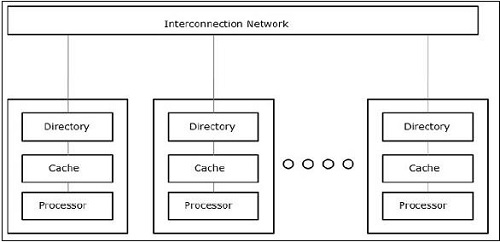
Pool class from the multiprocessing module. Map Function: The map function allows you to apply a given function to each item in an iterable, distributing the work across multiple processes. This is useful when you have a large dataset that needs to be processed concurrently. Apply Function: The apply function allows you to execute a given function in a separate process, which can be useful for tasks that require a lot of processing power or memory.
Some examples of concurrent processing in Python include:
Web scraping: When crawling web pages, it's common to have multiple requests running concurrently to fetch data from different websites. Data processing: When working with large datasets, using multiprocessing can help improve performance by distributing the work across multiple CPU cores. Scientific simulations: In scientific computing, concurrent processing is often used to simulate complex phenomena that require multiple threads or processes to execute.To illustrate concurrent processing in Python, let's consider an example:
Suppose you need to download a large number of images from a website using the requests library. You can use multithreading to create multiple threads that concurrently fetch images from different URLs:
import requests
import threading
def download_image(url):
response = requests.get(url)
with open("image.jpg", "wb") as f:
f.write(response.content)
urls = ["https://example.com/image1.jpg", "https://example.com/image2.jpg", ...]
threads = []
for url in urls:
thread = threading.Thread(target=download_image, args=(url,))
threads.append(thread)
thread.start()
for thread in threads:
thread.join()
In this example, we create multiple threads that concurrently download images from different URLs. The start method starts the thread running, and the join method waits for each thread to finish before moving on.
Concurrent processing can be a powerful tool in your Python programming arsenal, allowing you to take advantage of multiple CPU cores, I/O resources, or both. With its rich set of libraries and tools, such as threading and multiprocessing, you can create efficient, scalable, and responsive programs that make the most of your machine's capabilities.
Python concurrent programming tutorial geeksforgeeks
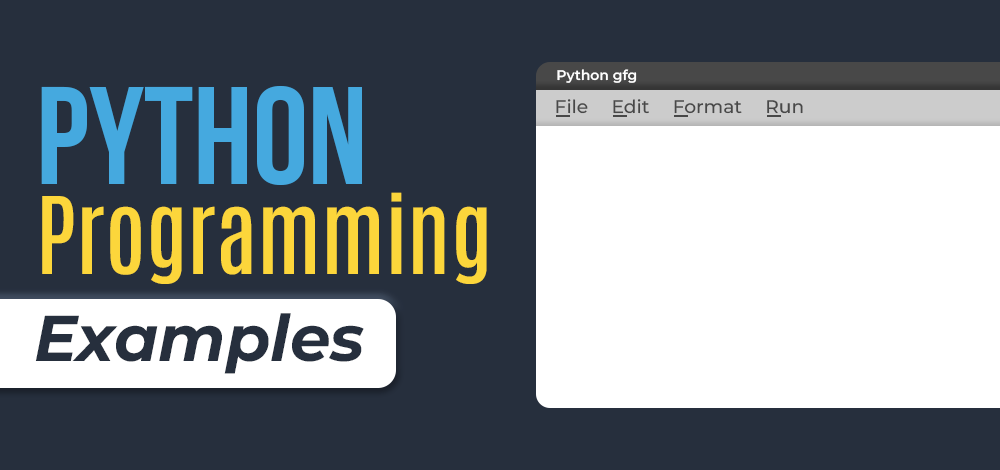
I'm glad you're interested in learning about concurrent programming with Python! GeeksforGeeks has an excellent tutorial on this topic, which I'll summarize for you.

What is Concurrent Programming?
Concurrent programming allows multiple programs or threads to execute simultaneously, improving the overall system performance and responsiveness. In Python, we use the multiprocessing module for concurrent processing and the threading module for multithreading.
Why Do We Need Concurrent Programming?
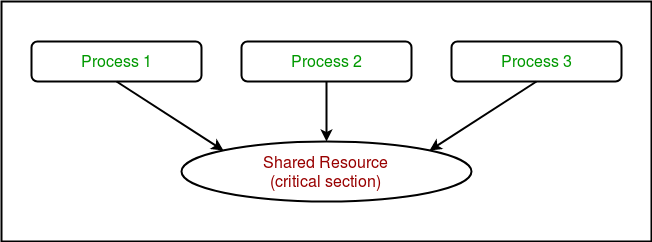
Concurrent programming helps in:
Improving System Performance: By executing multiple tasks concurrently, you can significantly improve the overall system performance. Enhancing User Experience: Multitasking enables your application to respond promptly to user requests while processing other tasks in the background. Handling Large Datasets: Concurrent programming is useful when working with large datasets that require parallel processing.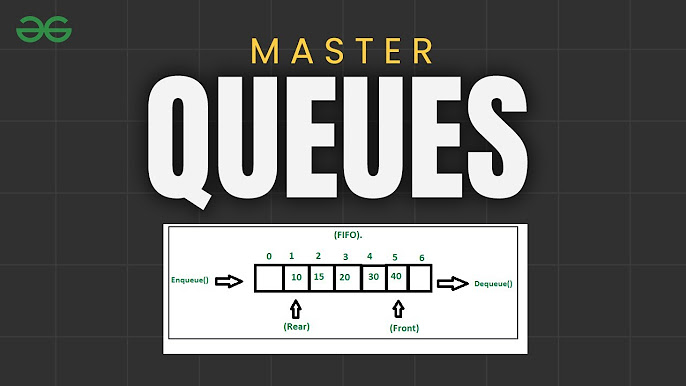
Python's multiprocessing Module
The multiprocessing module provides a way to create multiple processes that can run concurrently. Here are some key concepts:

Process class. Communication: Use queues or pipes for inter-process communication. Synchronization: Employ locks, semaphores, and condition variables for synchronization.
Python's threading Module
The threading module allows you to create multiple threads that can run concurrently. Key concepts include:
Thread class. Locks: Use locks (like Lock() or RLock()) for thread synchronization. Event Handling: Employ event objects (Event and Semaphore) to coordinate between threads.
Real-World Applications
Concurrent programming is crucial in various fields:
Web Development: Handle multiple requests concurrently to improve website performance. Scientific Computing: Perform complex computations on large datasets using parallel processing. Machine Learning: Train machine learning models using concurrent processing for improved efficiency.Best Practices and Gotchas
When working with concurrent programming in Python, keep the following tips in mind:
Avoid Global Variables: Use thread-local storage or queues to communicate between threads instead of relying on global variables. Use Locks Wisely: Apply locks judiciously to avoid deadlocks and improve performance. Profile Your Code: Use profiling tools to identify performance bottlenecks in your concurrent code.In summary, Python's multiprocessing and threading modules provide an excellent starting point for building concurrent programs. By understanding the concepts and best practices outlined above, you'll be well-equipped to tackle complex problems with ease!
I hope this tutorial from GeeksforGeeks has been informative! Do you have any specific questions or topics you'd like me to cover?
